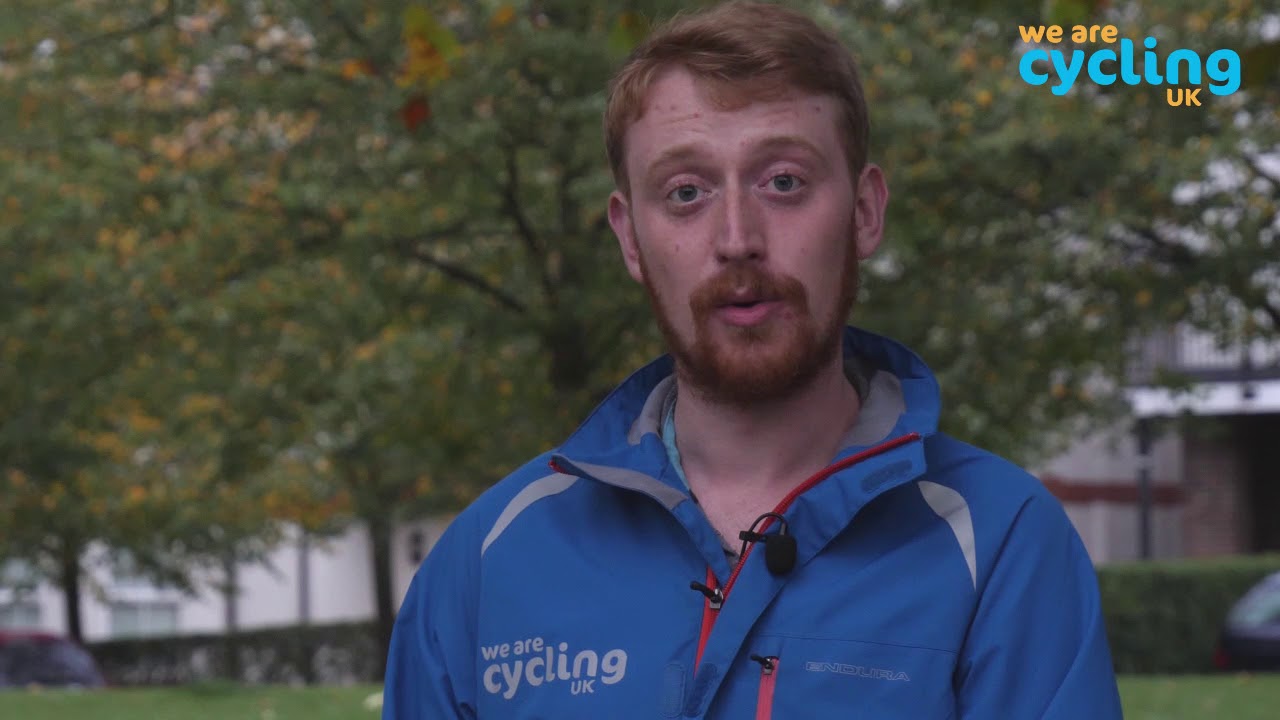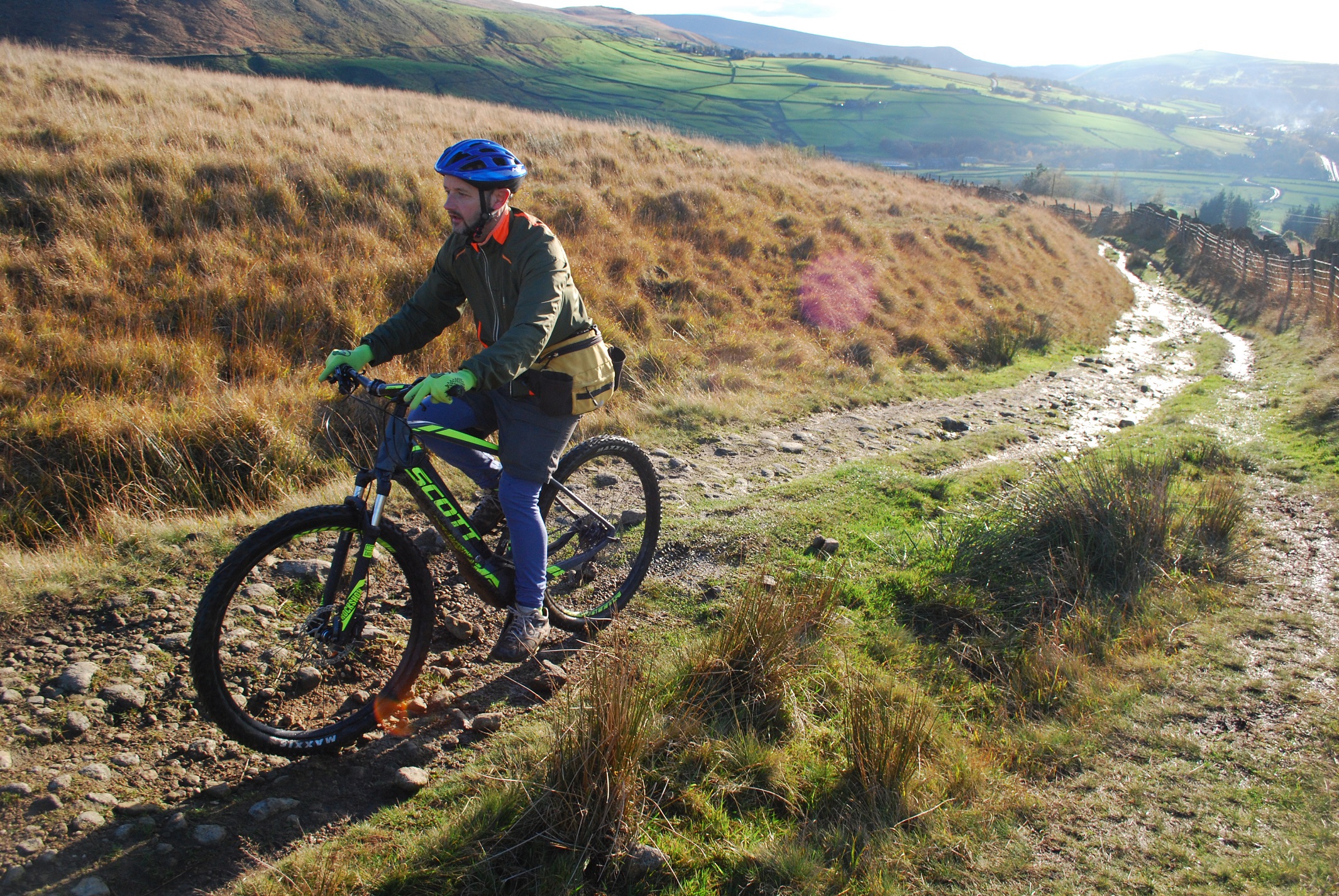Standards

In 2005, UK adopted European General Product Safety Regulations (GPSR). These regulations forbid the marketing of unsafe products, whilst presuming the safety of any product that conforms to an appropriate published standard, especially if it's a European Standard. GPSR allows a few other ways of establishing that a product is safe, but Standards are preferred.
Some products fall outside the scope of any published standard, but even then the closest similar standard may be referred to in deciding whether it was safe.
Some products fall outside the scope of any published standard, but even then the closest similar standard may be referred to in deciding whether it was safe.
Chris Juden, Cycling UK
Cycling UK holds copies of all the BS-EN standards listed below, but please do not ask us to copy and send you them in whole or part, since to do so contravenes a strictly enforced copyright. Copies may be obtained from BSI.
Standards for Bikes
Thanks to the Pedal Bicycles Safety Regulations it's been illegal to sell a new bike that didn't conform to BS6102 part 1 since 1983. At about the same time as GPSR came in, that old standard was superseded by a raft of European Standards developed from it, but with a lot of extra tests and requirements that differed according to the type of bicycle. These new standards are as follows:
- BSEN14764 – City and trekking bicycles (i.e. most normal bikes)
- BSEN14765 – Bicycles for young children
- BSEN14766 – Mountain-bicycles
- BSEN14781 – Racing bicycles
- BSEN15194 – Electrically power assisted cycles
Lighting Standards
Other parts (two and three) of BS6102 live on, since they deal with reflectors (BS6102/2) and lights (BS6102/3) and are called up by the Road Vehicles Lighting Regulations. Conforming with one of those standards ensures that a reflector or lamp is approved, which means it can be the one item of that type you are required to have in the dark. But it's not the only way to gain approval and non-approved lamps can always be used in addition to the approved ones, for extra conspicuity, so shops must be free to sell them. Unfortunately that is sometimes all they have for sale, approved lamps can be hard to find, but that's another story.
Helmet Standards
Helmets for cycling are one thing where Trading Standards Officers have been keen to root out any dubious products, even though there is no law specifically prohibiting the sale of helmets that don't conform to any standard. So you can be sure that any cycling helmet in the shops will at least claim to meet a reputable standard, probably BSEN1078. The "EN" bit signifies a European standard (or "Norm") adopted by BS. But if you can find any helmets with a Snell Foundation B90 (or higher) sticker in them, that's a substantially stronger standard.
Other Equipment
Cycling UK has taken an active part in writing BSEN13444 – Bicycle child seats, and BSEN14872 – Luggage carriers.
Cycling UK Standard for Hired & Used Cycles
Since BS6102/1 can be applies only to brand-new, unused bicycles, there has long been a desire for some yardstick against which to asses the safety and roadworthiness of a bicycle that's already seen a bit of wear and tear. This desire for a kind of cycling MOT became a necessity in conjunction with the Cycling UK Cycle Hire Code, so Cycling UK answered it with a specification, broadly based upon BS6102/1.



